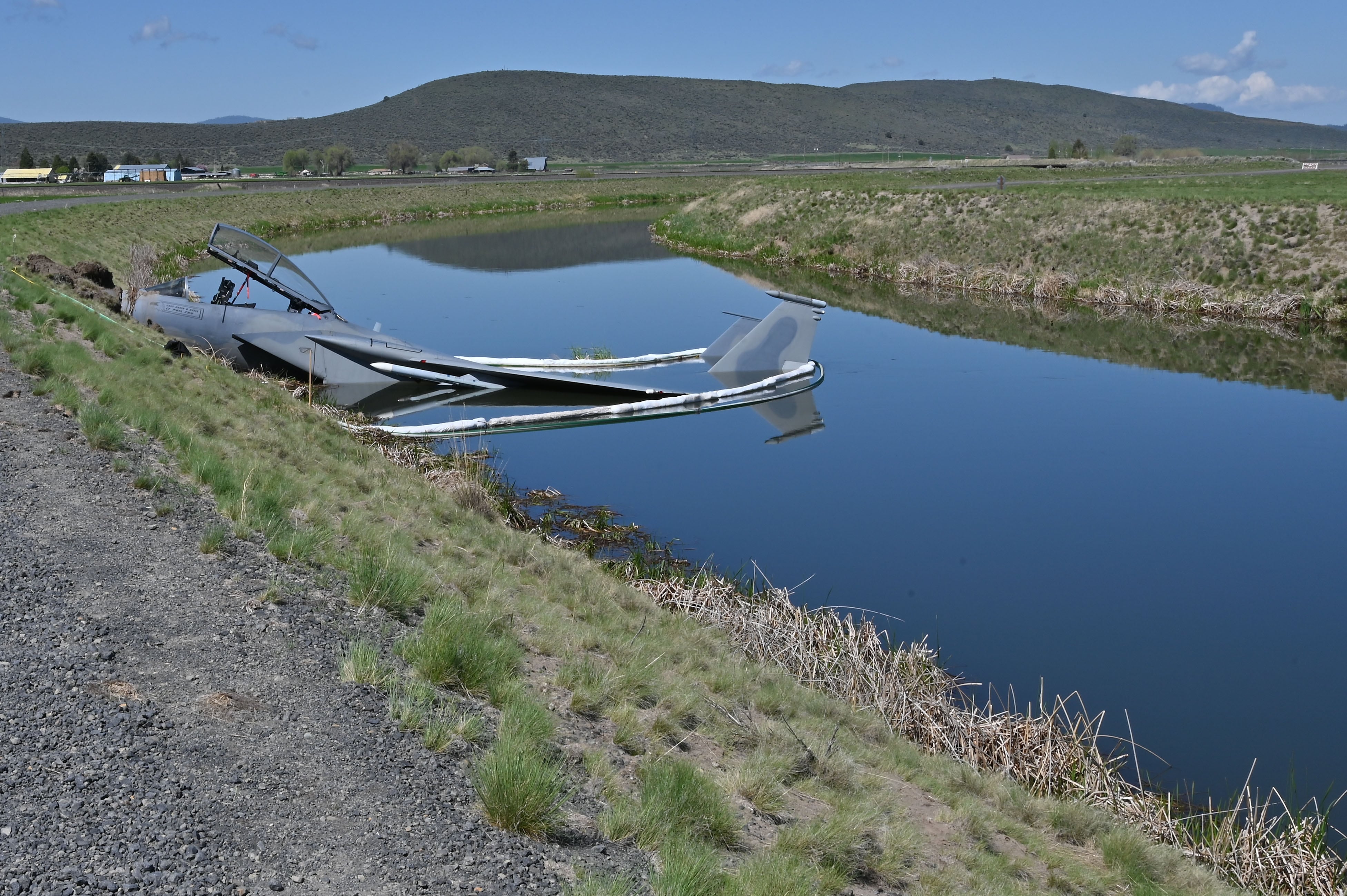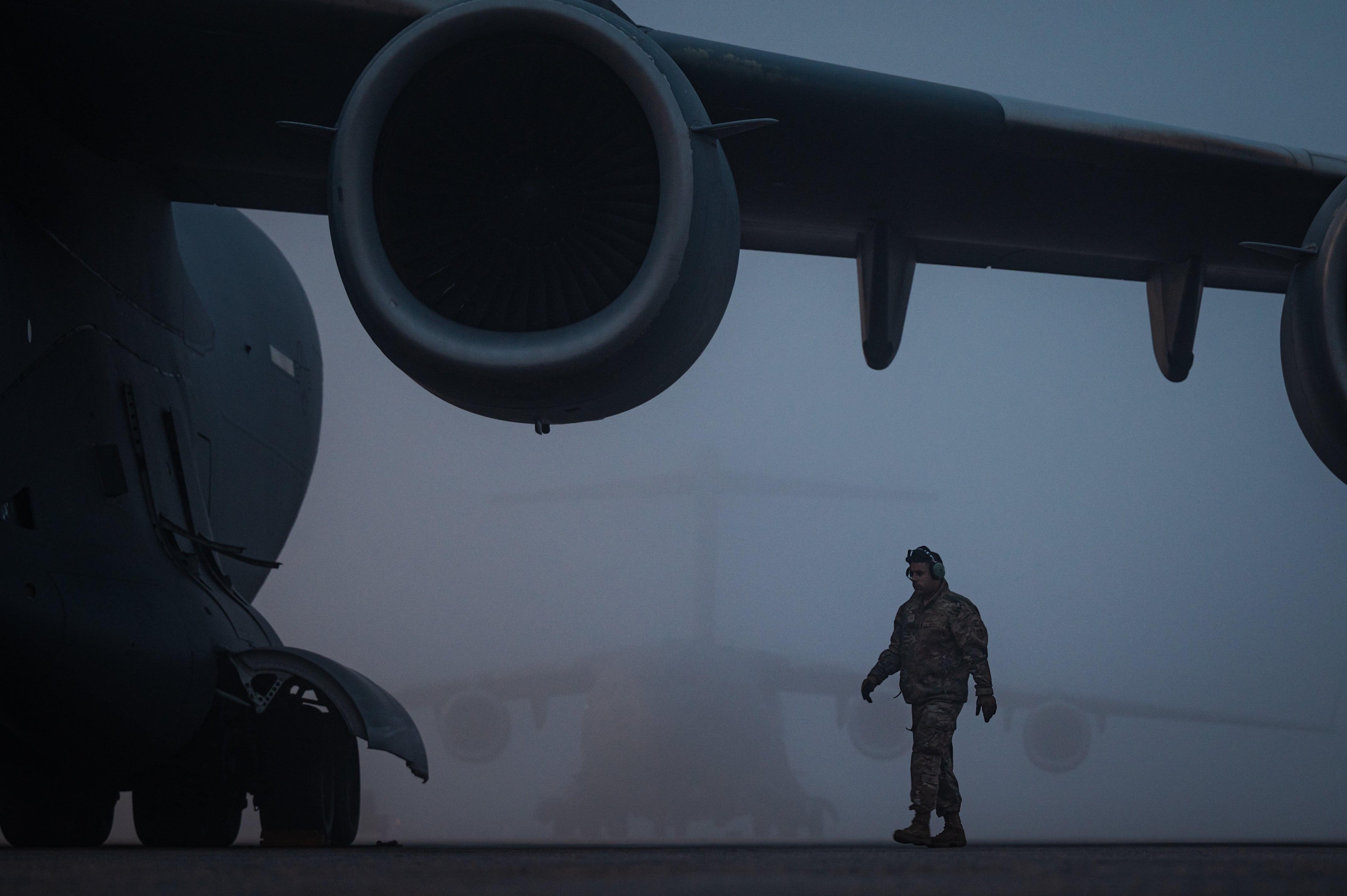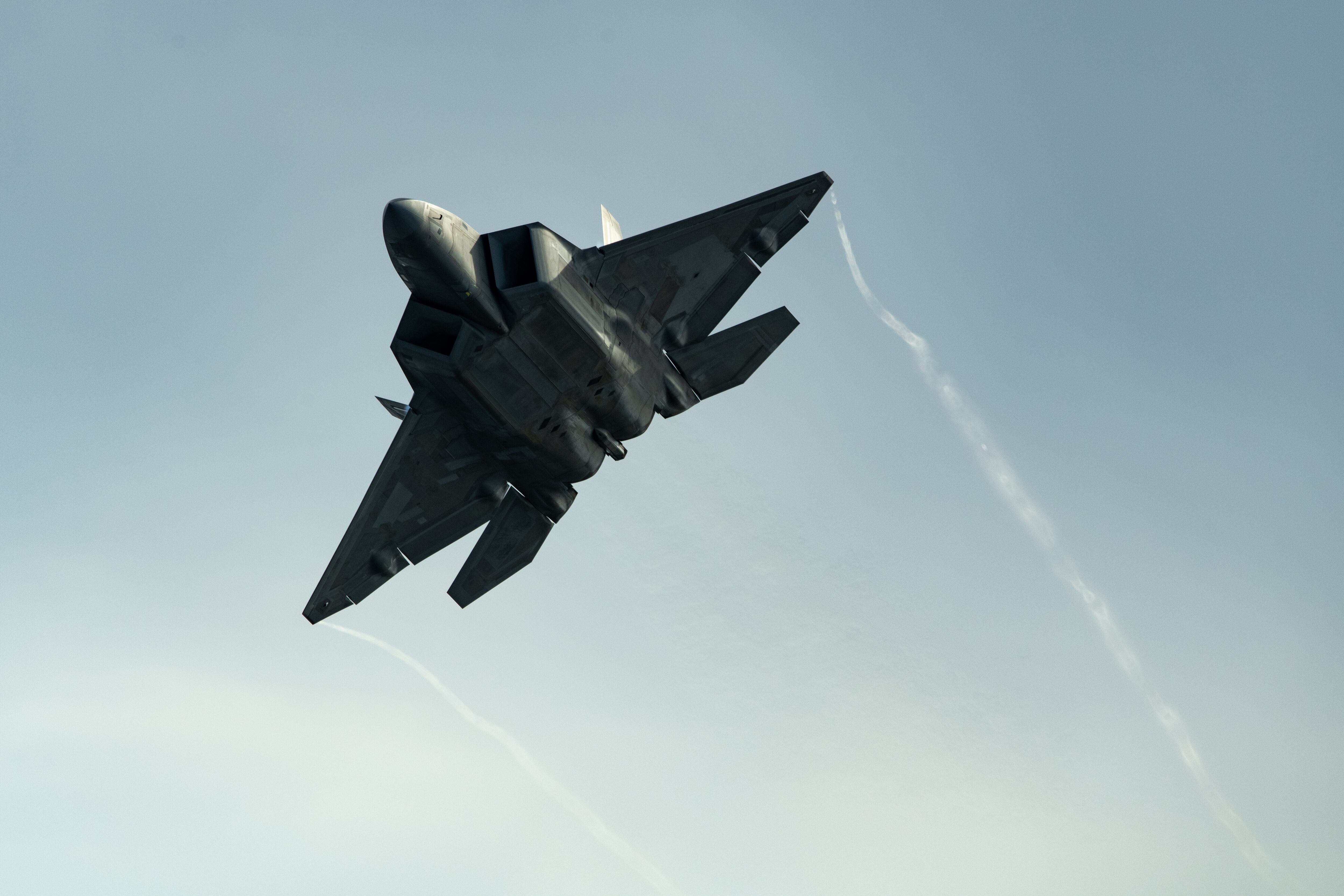An F-15D Eagle pilot’s decision not to engage the aircraft’s emergency brake system during a hydraulic failure caused the jet to skid off a runway and crash into an irrigation canal at Kingsley Field, Oregon, in May 2023.
But the Air National Guard pilot, assigned to the 173rd Fighter Wing, wasn’t the only one at fault, according to the results of an Air Force safety investigation released Monday.
RELATED

The investigation, led by 12th Flying Training Wing Commander Col. Taylor Ferrell, found multiple factors that contributed to the May 15, 2023 accident, including maintainers’ failure to follow proper procedures, and “ineffective communication” between the pilot and air traffic control that incorrectly led staff to lower an arresting cable during the emergency.
The aircraft was destroyed at a cost of $35.5 million, according to the Air Force. The pilot, identified in the report as the 173rd’s chief of wing safety, climbed out of the aircraft with minor injuries and was treated at a local hospital.
According the report, the aircraft took off around 2 p.m. local time and was part of a four-plane training mission that included an F-15C and two F-35s.
During flight, lights indicating hydraulic failure came on and the pilot aborted the mission. While returning to Kingsley, an airman in another fighter reported seeing hydraulic fluid leaking from the affected jet’s landing gear door and trailing behind its exhaust nodules. The leaking jet’s pilot declared an in-flight emergency.
On approach to Kingsley, the pilot told controllers that if they couldn’t brake normally, they’d circle around and attempt to land by catching an arresting cable on one end of the runway. However, after landing at about 160 mph and finding the brake system was failing, the pilot was “uncertain” whether enough runway remained for a go-around and decided to try for an arrested landing, according to the report.
RELATED

That’s when communication between air traffic control and the pilot broke down, the Air Force found. With time and runway running out, the pilot radioed only the word “cable” to the tower. Air traffic control, which had previously told the pilot the arresting cable was positioned upward, misinterpreted the pilot’s intent and began lowering the cable.
“Cable coming down,” air traffic control told the pilot three seconds after their transmission.
“No, no, I need cable, cable up, cable up, cable up, cable up,” the pilot radioed back, seven seconds later, with 3,500 feet of runway to spare. Four seconds later, air traffic control flipped the switch to raise the cable, responding with “cable up.”
Instead, the F-15 rolled over the cable with 1,500 feet of runway left. “No cable,” the pilot radioed back.
RELATED

The pilot veered to the right to avoid the runway’s lighting, skidded off the pavement and hit a berm on the canal’s north side before crashing into its southern bank and coming to a stop in the water.
While investigators determined it would have been possible for the pilot to try another landing, Taylor wrote that “due to the amount of time required for the [pilot] to assess the situation, the decision to remain on the [runway] was a valid alternative, considering the assumption that the departure-end arresting cable was in the ‘up’ position.”
But that cable wasn’t raised in time, and the only remaining option was to pull the emergency brake/steering handle, the report said. The pilot feared doing so would blow the tires and cause them to lose control of the aircraft. While investigators determined that pulling the emergency brake could have prevented the mishap, the pilot’s previous experience with dysfunctional brakes in an F-15C also played a role, Taylor noted.
Ineffective communication was also to blame. “Cable, cable, cable” is how pilots should indicate to air traffic controllers that they want the arresting cable lifted up to catch an incoming plane, the report said, adding that air traffic control should have followed up to ask for clarity.
Pilots with the 173rd often ask for the arresting cable to be lowered after landing to prevent wear and tear when rolling over it, the report said. Hearing the word only once, air traffic controllers thought the F-15D had safely landed.
Investigators also noted that maintainers failed to adequately troubleshoot the aircraft’s hydraulic system. Maintainers had performed significant work on the system in the two weeks before the accident, but the aircraft didn’t return to flight until earlier on the day of the mishap.
An inspection after the initial flight discovered fluid on a door behind the right main landing gear. When personnel opened it to search for a leak, they failed to pressurize the system to isolate the problem. Had maintainers followed the right steps, Taylor wrote, “there is a high likelihood that the [mishap aircraft] would have been deemed non-mission-capable on the day of the mishap.”
Maintainers also failed to properly document their work, and supervisors didn’t review workplace forms to ensure they were adequately completed — another contributing factor that could have averted the mishap, the report found.
The wreck was one of 11 aircraft destroyed during fiscal year 2023, according to Air Force Safety Center data obtained by Air Force Times. That year saw a five-year high in the Air Force’s most expensive wrecks, including five F-15s that were damaged in flight or on the ground.
The Air Force is in the process of phasing out decades-old F-15C and D-model aerial dogfighting planes to clear the way for the more advanced F-15EX Eagle II. According to fiscal year 2025 budget documents, the service plans to retire 65 F-15C/Ds in the coming year, bringing the fleet size from 92 to 27.
Courtney Mabeus-Brown is the senior reporter at Air Force Times. She is an award-winning journalist who previously covered the military for Navy Times and The Virginian-Pilot in Norfolk, Va., where she first set foot on an aircraft carrier. Her work has also appeared in The New York Times, The Washington Post, Foreign Policy and more.





